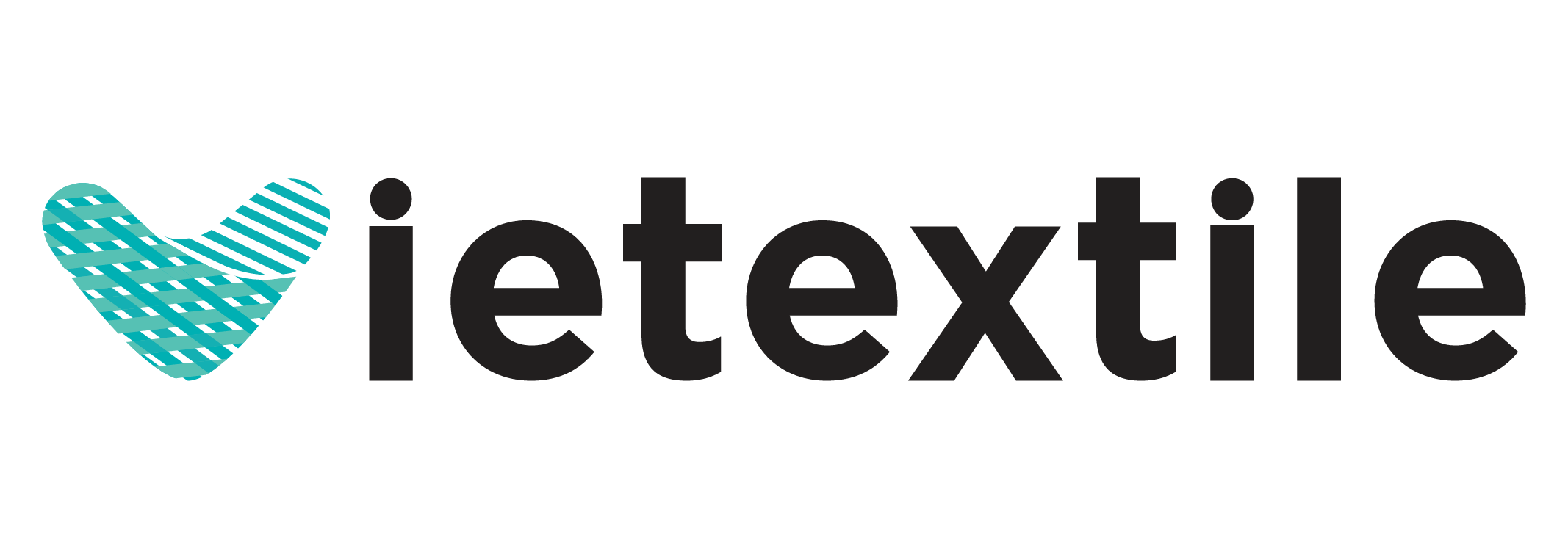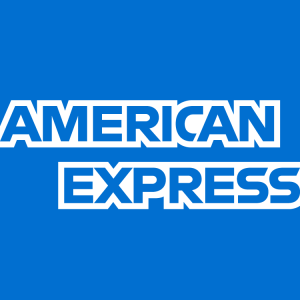In the modern textile and garment industry, knit fabric structures play a crucial role in determining fabric properties: elasticity, breathability, insulation, or moisture absorption. Each knit structure serves different garment categories, meeting diverse consumer needs.
1. Single Jersey Knit Structure – T-Shirts and Everyday Wear
Nội dung tóm tắt
Toggle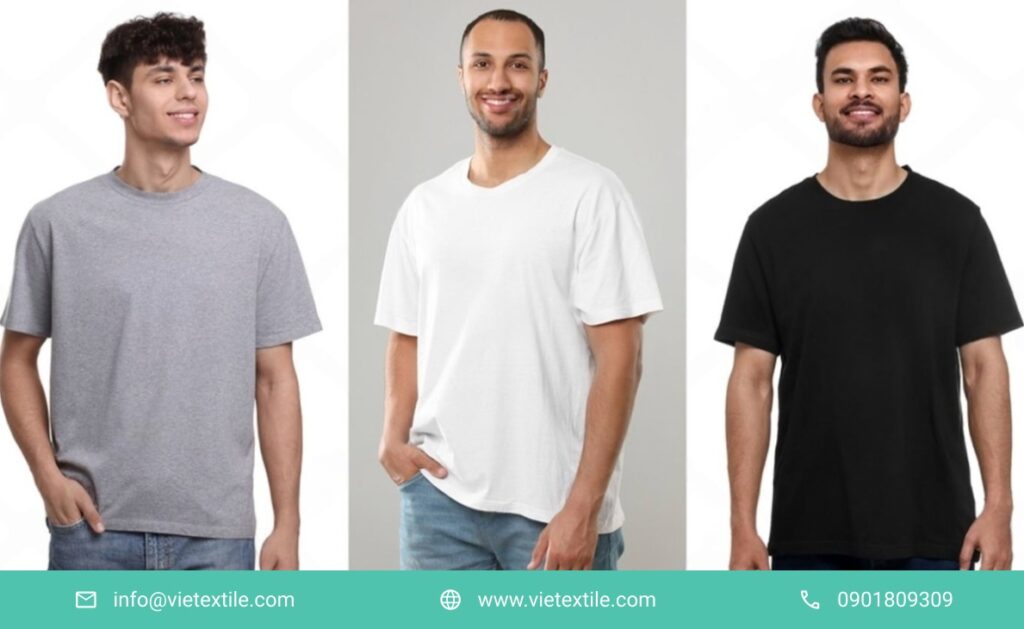
Single jersey is a basic knit fabric, with knit stitches on the front and purl stitches on the back, made with a single set of needles. Light, soft, and highly stretchable, this knit fabric structure is widely used in producing t-shirts, casual wear, home clothing, and men’s underwear.
Its flexibility in accommodating various designs makes it popular for casual and youthful fashion. In hot and humid climates like Vietnam, it provides comfort and ventilation. With low production costs and easy manufacturability, single jersey is the top choice for mass-market textile factories seeking aesthetics and functionality.
2. Double Jersey Knit Structure – Premium Undergarments and Sweaters

Double jersey fabric is knitted from two sets of needles, resulting in a thicker and more stable material than single jersey. A standout feature of this knit fabric structure is its excellent shape retention and resistance to wrinkling and warping, even after repeated washing.
Ideal for high-end undergarments, blazers, premium sweaters, and structured apparel, double jersey gives garments a luxurious feel. Its smooth, dense surface supports embroidery and fine patterns without distortion. It’s an excellent choice for mid-to-high-end fashion brands requiring durability, form, and wear comfort.
3. Rib Knit Structure – Sportswear and Cuffs
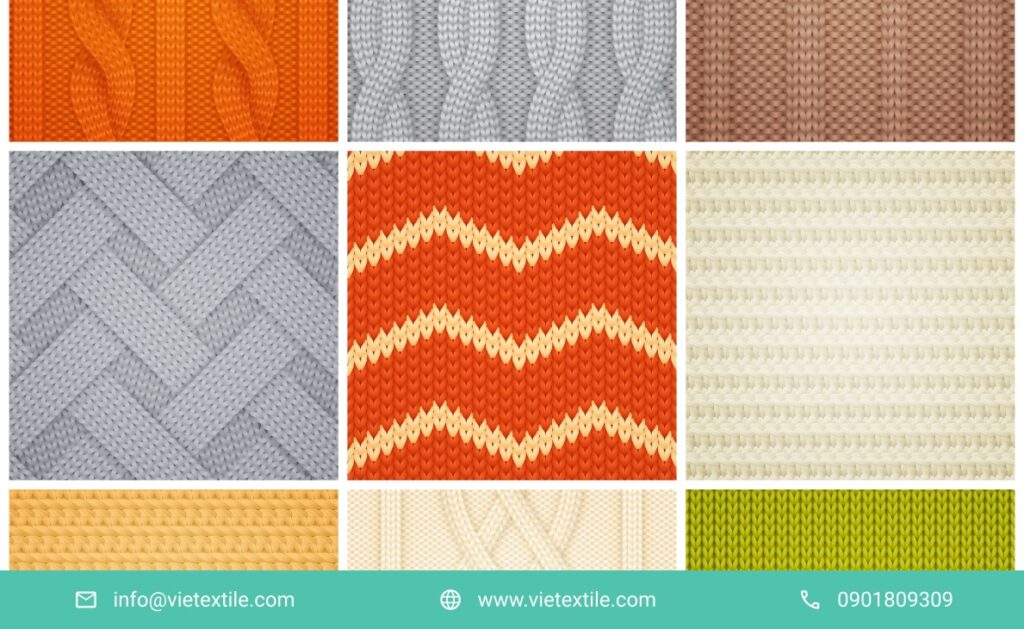
Rib knit has identical front and back sides, made from alternating knit and purl columns, offering exceptional horizontal stretch. This structure ensures comfort and mobility, making it perfect for activewear or everyday clothing.
Rib knits are typically used in cuffs, collars, waistbands, and areas requiring elasticity. Their superior stretch doesn’t permanently deform the fabric, maintaining its shape after repeated wear. Easy to dye and pair with other materials, rib knit is popular among youth fashion and outdoor apparel manufacturers.
4. Interlock Knit Structure – Kidswear and Sleepwear

Interlock fabric has identical, soft surfaces on both sides, medium thickness, and a cool touch. Its smooth texture is safe for sensitive skin, making it suitable for children’s wear, sleepwear, and high-end t-shirts.
This knit fabric structure offers moderate warmth and durability. It maintains its shape and softness after many washes, supporting efficient manufacturing thanks to stable edges and resistance to curling. Textile factories prefer interlock for mid-to-high-end product lines requiring consistent quality and aesthetics.
5. Piqué Knit Structure – Polo Shirts and Mid-Range Apparel
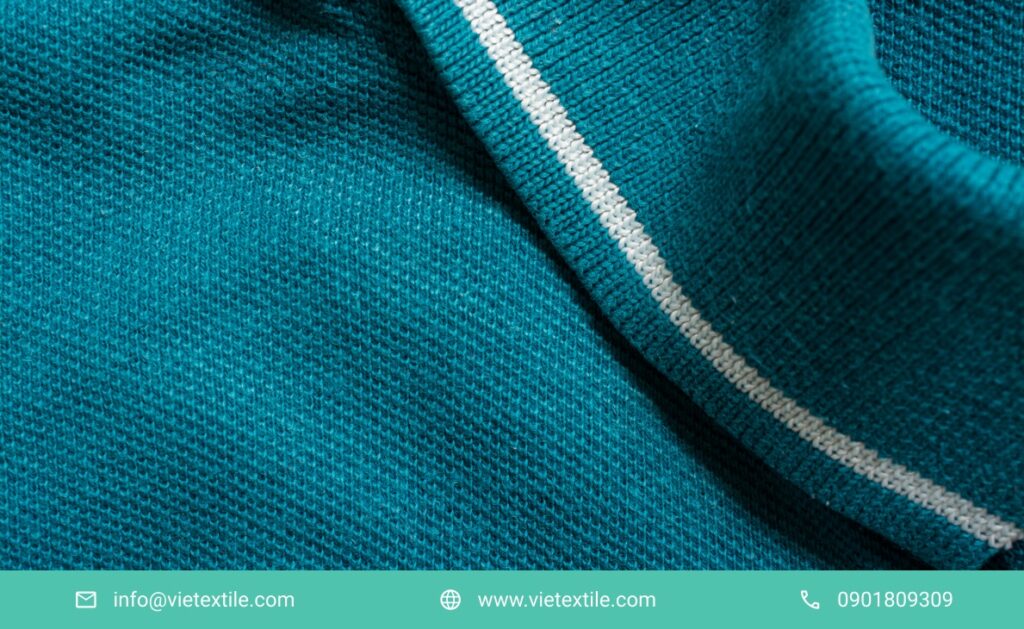
Piqué features a textured, waffle-like surface, offering ventilation and a cool feel. It wicks moisture effectively without clinging, ideal for tropical climates like Vietnam.
Common in polo shirts, uniforms, and summer clothing, piqué provides a refined look. Its wrinkle resistance and easy care make it a go-to for mid-range apparel with high durability. Piqué also holds color well, resists pilling, and maintains its quality over time, suitable for officewear or school uniforms.
6. Ponte Knit Structure – Officewear and Dresses
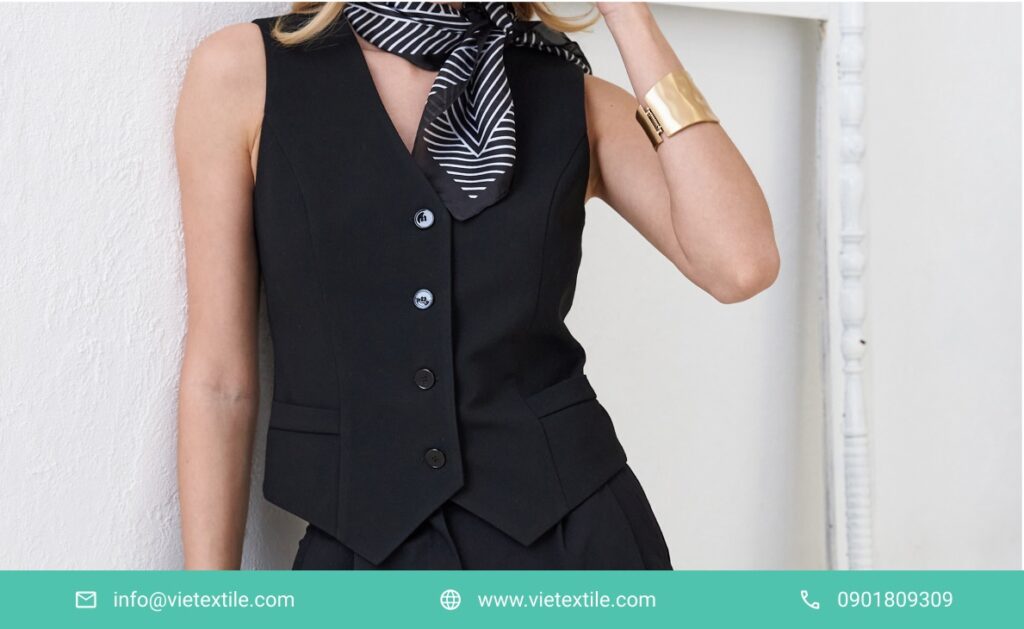
Ponte is a dense, smooth, and stable knit fabric structure with balanced elasticity. It’s suitable for office fashion like sheath dresses, straight pants, A-line skirts, and lightweight blazers.
Offering structure and elegance, Ponte is comfortable, wrinkle-resistant, and easy to care for – ideal for busy professionals. It withstands stress and washing without sagging, making it a sustainable fashion option for long-term wardrobe staples.
7. Conclusion
Choosing the right knit fabric structure enhances product quality and user experience. From simple to complex designs, each structure serves specific needs in modern garment production. Understanding these properties helps designers and manufacturers optimize costs while ensuring durability and aesthetics.
Whether it’s a basic tee, sleepwear, luxury office dress, or sportswear – every garment begins with the right knit fabric foundation. This foundational choice is key to product differentiation and competitive advantage in local and international fashion markets.
8. References & Contact
- What is woven fabric? Characteristics, classification and applications
- Prestigious and modern knitted fabric factory
- Distinguishing between weft knitted fabric and warp knitted fabric
- Textile School
Contact VieTextile for expert consultation on knit fabric structures:
- Hotline: 0901 809 309
- Email: info@vietextile.com
- Website: https://vietextile.com
